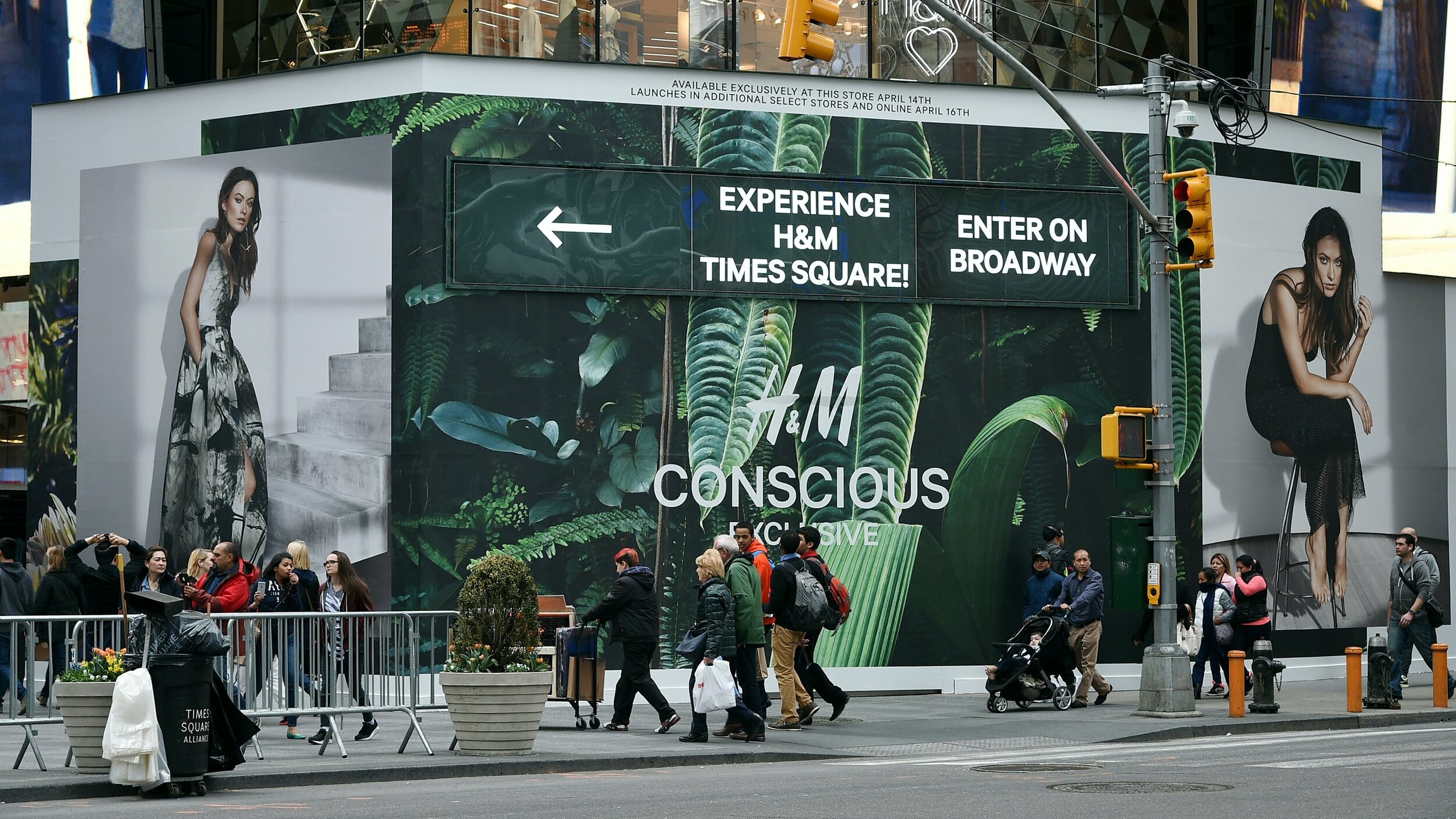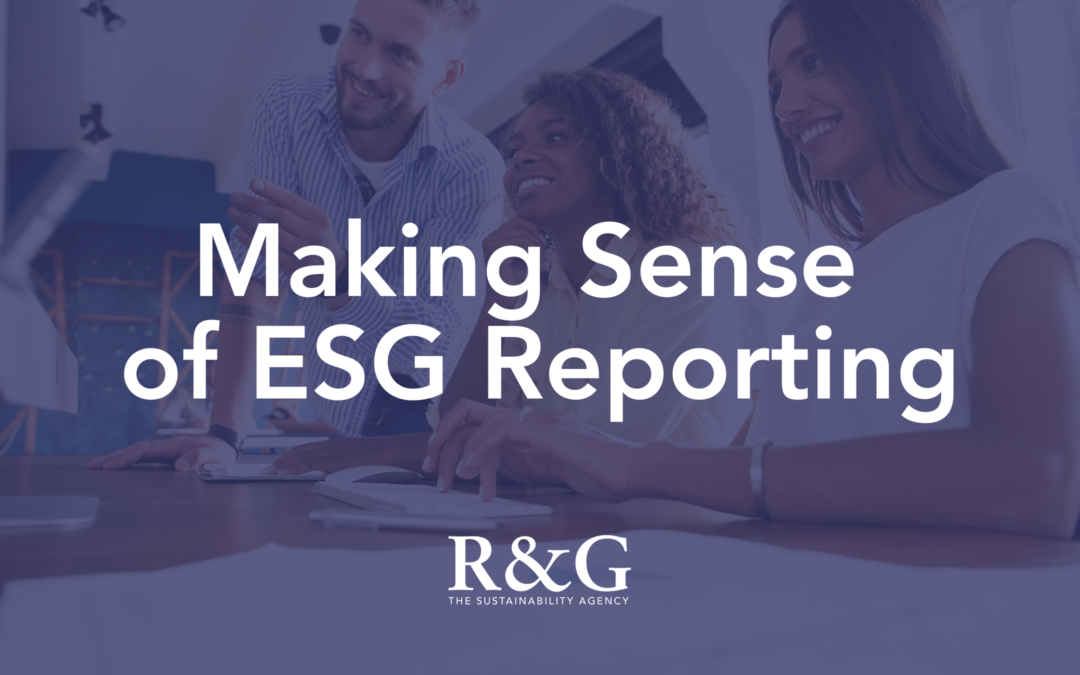So you’ve got an eco-friendly company? Great! Demand for your products or services is growing by leaps and bounds—but if you’re going to position yourself on sustainability, it’s important to get it right.
If you’ve been around the marketing business long enough, you’ve probably seen almost every tactic a company can use to stand out in its sector or industry. We’ve seen (and helped) companies mine every inch of their history and brand DNA for marketing gold, aiming to establish unique and inspiring differentiators.
And of course they should.
Because at the end of the day, it’s not necessarily just the benefits of your product or service that customers connect with—those selling features are a bonus—what really draws them in and makes them lifelong loyalists of your brand is the story you tell.
Think about the Founder of an SME and their story of inspiration for example, a corporation positioning on its history of leading world-changing innovation, or a non-profit on its deeply-held beliefs.
Increasingly we’re seeing companies’ sustainability stories become the new go-to in marketing trends, and it’s no wonder. When it comes to purchasing behaviour, it’s becoming clear consumers care very much about their impact on our world—possibly even more than many companies realize or are willing to admit.

Is your marketing green?
In fact, according to a recent Neilsen report, a strong majority (73%) of global consumers say they’d “definitely or probably” change their consumption habits to reduce their impact on the environment.
That’s huge. Think about it. A 3rd of your customers would be more interested in what you’re selling if they knew it would cause less harm to the planet than your competition (or even better—that it could leave a positive impact on our world).
Sustainable marketing is the answer to a new, more conscious consumer demand becoming the norm. It’s an exciting marketing opportunity, and if you’re not doing it already, you might want to catch-up.
But unlike other marketing opportunities, it isn’t simply a question of doing ‘sustainable marketing’ well or even effectively. It’s possible to get it wrong, and open yourself up to heavy criticism and censure from the audience you’re trying to inspire.
So what is sustainable marketing?
True sustainability starts at the heart of a company, embedded in everything an organization does or touches. It may be a bonus for a customer, but it can’t be likewise to your day-to-day operations. Sustainability is not an add-on or a one-and-done—it’s an ongoing commitment.
Another word that springs to mind to illustrate this which is often interchangeable for ‘sustainable’ is ‘responsible’.
Responsibility is a concept that makes sustainability active, and something your company can adopt throughout its operations and align to as one of its core values.
Sustainable marketing is marketing that promotes your company’s authentic commitment to environmental and social responsibility, and the best and most effective sustainable marketing is the kind that promotes your environmental and social responsibility from top to bottom—from your brand, to your products, to your practices and operations.
For a great example, look no further than the flooring giant Interface.

Interface, Inc., is a global manufacturer of commercial flooring.
At first glance, a company that built a longstanding reputation on modular carpet might seem a little outside the realm of what we picture when we think of green marketing or an environmentally-friendly business. But Interface often appears at the very top of our aspirational list, having led the way from as early as 1994, when then-Founder Ray C. Anderson was asked, “what is your company doing for the environment?” and he didn’t have an answer.
It’s a good thing Ray was stumped, because his search for an answer led to an epiphany. Ray realized that as unassuming as Interface’s carpet might be, it was ubiquitous enough to reach almost every aspect of our lives—from its manufacturing impacts, to the health and wellbeing of the people living and working on and around it.
Fast-forward to 2020, and Interface is a beacon of sustainability—and sustainable marketing. The company has absolutely nailed how they characterize the journey that got them to where they are today, and the organization’s big goals for the future.
They’ve even dedicated an entire focal point of their website to their sustainability commitment, including the incredible fact that they’ve reached their original sustainability goal, Mission Zero®, “in part by becoming the first global flooring manufacturer to sell all products as carbon neutral across their full life cycle.”
Interface has already set its sights on its next big goal; preventing global warming:
“We can’t stop at reducing our impact on the environment. After all, global warming is the biggest challenge facing humanity. Now that we’ve achieved our Mission Zero® commitment, we’re raising the bar to set an even bolder goal: Climate Take Back. We believe that together we can make a difference to reverse global warming.”
Imagine for a moment you’re a procurement specialist faced with the choice between an Interface product and their nearest competition. Given the sustainable marketing message you’ve just received, which one would you choose?
Interface remains a shining light when it comes to sustainable marketing, but if you look around, you’ll find many companies are using the language of sustainability to promote their programs or missions to make the world a better place.
While it might seem like a no-brainer to start layering these topical issues into your marketing messages, it’s not as simple as hitching your wagon to this trend in order to get results.
When your sustainable marketing strategy and message lack context, you run the risk of losing credibility.
It’s the difference between sharing a message of positivity and hope just once a year on Earth Day, and proactively making a difference through year-long efforts to make and track your progress for the planet that let you celebrate specific wins.
Your customer wants you to be able to back up your message about society or the environment with action; they’re not interested in unsubstantiated fluff and tokenism.
If you’ve ever engaged with a company because you had warm feelings about the ‘conscience’ behind their brand, or you purchased a product or service from one company over another because you felt their message about caring for society and the environment was sincere, you’ve experienced truly effective sustainable marketing first hand.
Notice we used the words ‘authentic’, and ‘sincere’. These are operative words when it comes to getting sustainable marketing right.
Four steps to successful sustainable marketing
1. Establish a realistic and long-term horizon
As much as we’d like to, it’s impossible to wave a magic wand and solve all the world’s environmental and social problems overnight. Your credibility depends on your understanding of the scope and magnitude to the issues you want to tackle. That means setting reasonable timelines and expectations—not just from an outside perspective, but from an internal resourcing standpoint as well.
True sustainability is embedded in your operations, and big goals can mean big implications for the way you do business today.
Setting a big, long term goal like Interface’s to ensure all your products are completely carbon neutral might require a sizeable upfront investment in order to measure your emissions, and make changes in your manufacturing processes or supply chains to realize long term payoff.
We often suggest SMEs start developing their sustainability strategy by setting a stretch goal or mission that isn’t just exciting and aspirational, but also one with a realistic 10-to-20 year horizon that represents a large-but-manageable step in your organization’s capabilities, characteristics and sustainability commitments.
2. Deliver a meaningful, consistent message
Once you’ve established a goal, everything you do should be aligned toward achieving it. Your goal should help you stay on track, but most importantly, it should help you figure out what to do and what NOT to do to help you get there.
As you develop new strategies, initiatives, programs, services and products, anything less than a meaningful step forward toward your goal could be suspect. Customers are incredibly good at picking up on marketing messages or products and services that are half-hearted, or run counter to your mission or brand promise.
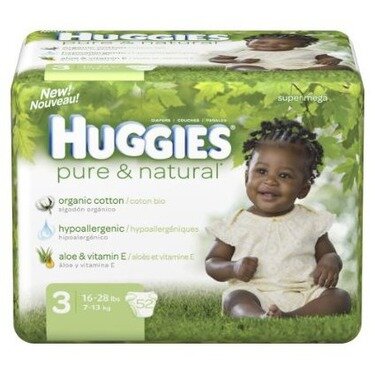
Take the ‘Pure & Natural’ misstep from multinational diaper brand Huggies, for example—a product promising eco-friendly organic materials, and marketed with a smiling baby sitting in a green oasis (complete with leaves and soft grass).
Huggies rushed the new offering to market by adding a very small piece of organic cotton to its original diaper design—and a higher price tag. Critics were merciless, calling Pure & Natural a product with “a relatively high price, and what we feel is a bait-and-switch on an eco-health promise,” and it was pulled shortly after its debut.
It should be obvious if you intend to market eco-friendly products, you’ve got to make eco-friendly products. Carefully consider the context with which customers will evaluate your sustainable marketing claims—if your message isn’t meaningful or consistent, you’re just greenwashing.
3. Be responsible
Once you’ve completed the not-insubstantial amount of work required to put your organization’s focus on sustainability, don’t fall short just as you’re ready to promote your sustainable message to the world.
The simplest example of sustainable marketing done irresponsibly would be advertising an innovative digital service using print marketing materials, while giving no thought to generating an overabundance of paper waste.
Or maybe you’ve ordered an eco-friendly product or two from Amazon, only to find them encased in plastic and delivered across multiple unnecessarily-large cardboard boxes? What good is trying to save the planet if your shipping or advertising methods are an ecological disaster?
To prevent cynicism, don’t just consider the content of your sustainable marketing message, consider how you deliver it.
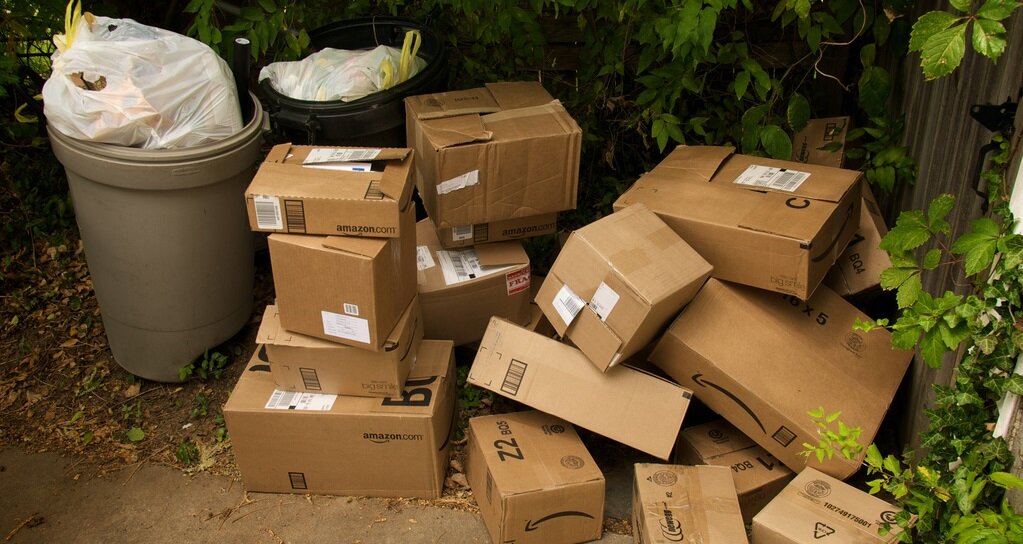
Amazon has a delivery problem.
4. Be transparent about your progress
Back in the early aughts, Volkswagen’s expert marketing team had all but convinced people there was no such thing as an environmentally-unfriendly diesel car.
VW had practically invented the term ‘clean diesel’—not just as its sustainable marketing slogan but also a claim that would ultimately leave the car giant choking on its own toxic gas.
The now-infamous ‘dieselgate’ scandal broke in 2015 when it came to light that VW executives had lied about equipping its cars with software that could be used to cheat on emissions tests. The subsequent fallout of half-a-million VW models cited for emissions violations has resulted in the notion of ‘clean diesel’ being thoroughly tarnished (probably beyond all hope of rehabilitation).
The big takeaway is that it just makes sense to back up your sustainable marketing claims with honest facts and figures.
Measuring your progress by the numbers ensures you’ll know how close you are to achieving your goals. If you can share authentic, transparent progress, your customers will celebrate with you, rather than react with skepticism.
And if you choose to obfuscate instead…well, remember that Volkswagen was ordered to pay out $14.7 billion USD to settle claims stemming from its emissions cheat.
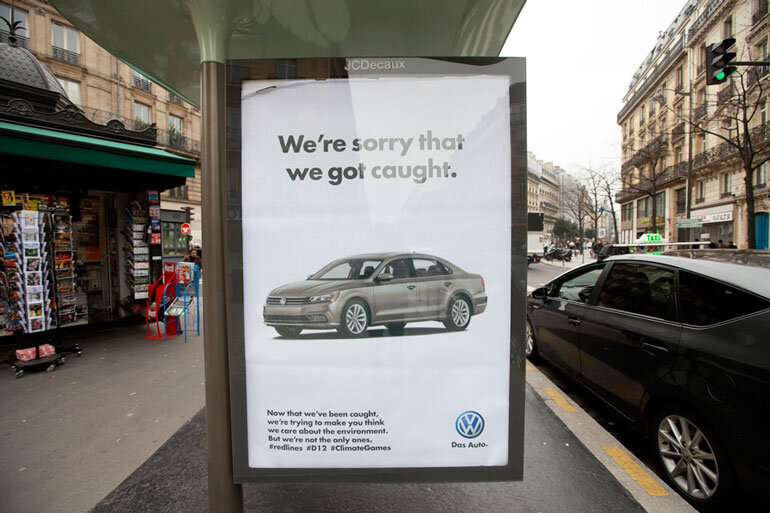
A fake ad installed by the group Brandalism mocks Volkswagen for continuing to greenwash its messaging in the wake of its emissions scandal. Photo: Branbrook/Brandalism
Ultimately, sustainable marketing is positioning your brand as force for good, and a proactive ally in helping both the planet and society thrive.
When done right, it’s a compelling message to your customer, providing peace of mind and a reason to engage with you over your competition. But it’s important not to underestimate the commitment and effort you should put into the framework and context for your sustainable message behind the scenes.
Sustainability isn’t a trend you can simply react to in the moment, or a hot button topic you can leverage to keep your marketing fresh—it’s a commitment your entire organization makes to reducing its environmental impact and increasing the value it provides to its communities and society at large, and by doing so, improving the world for the next generation.
Are you willing to make that commitment? Reach out to us to find out how a sustainability consultant can help you transform your marketing and your company by centering sustainability in everything you do. Contact us today.
